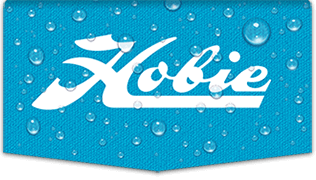So, combination of death in the family and too many beers resulted in me getting to my hulls with an angle grinder and 3M flap discs to remove the yellow paint you see in my signature.
Before the news, I had started a bottom job, so I had to sand around the problem area. My plan was the easy way out and just paint yellow around that area of the repair. I started talking to a dude at the marine store where I was buying my supplies and he convinced me not to paint it, but to put gelcoat instead as it's more durable and waterproof. His argument was that if I painted my repair, I'll have to repair it again sooner.
I never liked the yellow, but did not want to sand it. I nevertheless bought white gelcoat to put on the bottom and was going to cover it with yellow paint to match.
But then I started thinking of the amount of work I was really putting off for later, so I put the grinder to it. I removed all the yellow, most black and most of the chocolate paint. I guess it's been painted a few times. The chocolate however kind of looked like gelcoat, but since I'm not sure, it going too since there is a layer of beige underneat.
So here are my 3 questions.
1 - I have a cheap ass electric orbital sander with worn out velcro so my sanding discs don't stick. What's a good type of sander to get to finish my restore?
2 - Will it be hard to match the beige? If possible, I'd like to avoid having to gelcoat the entire boat, just polish what I don't need to touch. If too hard, I'll just go all white, it will be easier to match for the next repair.
3 - What type of spray gun should I get to spray the gelcoat? I already have the air compressor.
Thanks,
Marc...
_________________
Marc...
1978 Hobie 16 Keoke, sail# 36 84






